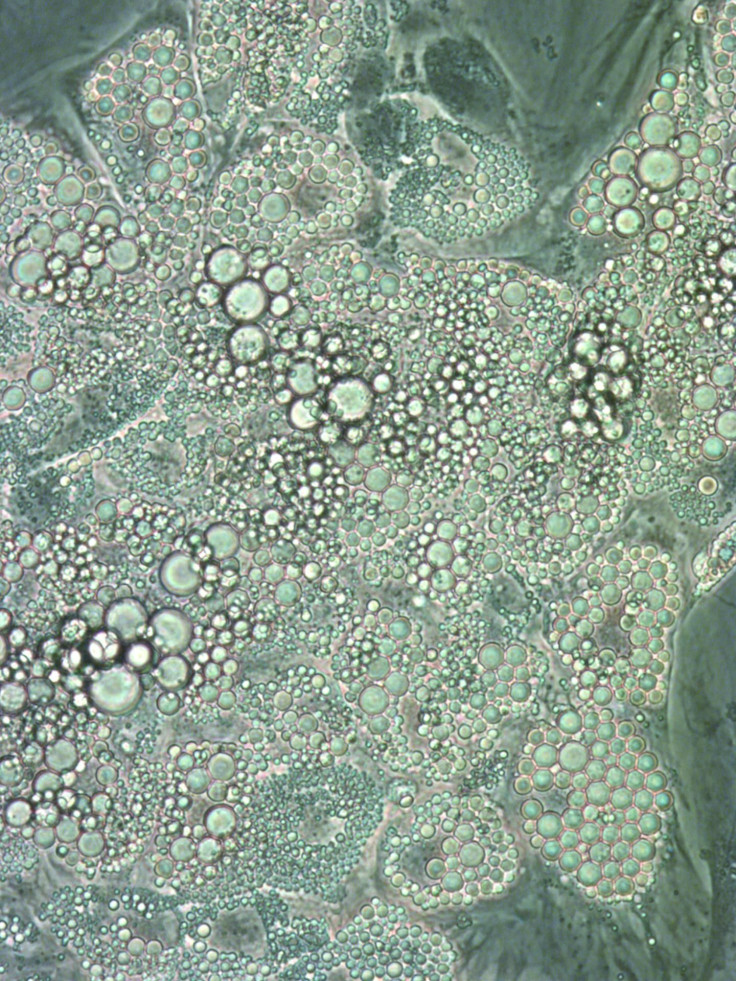Growing Brown Fat: Protein Critical To Reprogramming White Fat Identified, Could Lead To Obesity Treatments

Here’s a quick reminder on fat, if you needed it: We have both brown and white. You probably know the white fat, because it’s the one that shows on your belly and your thighs. It’s the fat that stores energy as large droplets, contributing to obesity. Brown fat, however, is special. When we’re born, about five percent of the fat on our bodies are of the brown kind, small in droplet size and rich in energy-producing mitochondria, which burn calories. Knowing this, it would make sense to want more brown fat and less white fat, and new research has found this may be possible by converting the latter to the former.
Using advanced genome sequencing techniques, researchers from the University of Southern Denmark found that a protein called KLF11, which is found in all fat cells and regulates their expression, could be manipulated to turn white adipose tissue brown. White adipose tissue is typically classified as either visceral, meaning it surrounds organs, or subcutaneous, which means it’s under the skin. By turning some of this white fat brown — or as the researchers call it, turning it “brite” — it wouldn’t only help people who are obese lose weight but also reduce their risk of obesity-related diseases like heart disease, stroke, type 2 diabetes, and some cancers.
“We stimulated browning in human white adipocytes by [using] a drug used to treat type 2 diabetes, and compared white and "brite" fat cells,” said Professor Susanne Mandrup, lead author of the study from the university’s Department of Biochemistry and Molecular Biology, in a press release. “This showed that ‘brite’ fat cells have distinct gene programs which, when active, make these cells particularly energy-consuming,"
Although previous studies have found that simply being in a cold environment could stimulate the growth of brown fat, doing so just isn’t practical. Therefore, researchers have been developing therapeutic techniques. Another study from 2012 found that a diabetes drug — it’s unclear whether it’s the same one — activated a cell receptor called PPAR-gamma, which is affects metabolism and increases insulin sensitivity, leading to the growth of brown fat from white fat.
By figuring out a way to create “brite” fat in humans, the researchers may be able to lower obesity rates throughout the U.S. Over a third of the country’s adults and 17 percent of its children are considered obese, according to the Centers for Disease Control and Prevention.
Source: Mandrup S, Loft A, Forss L, et al. Browning of human adipocytes requires KLF11 and reprogramming of PPAR super-enhancers. Genes and Development. 2014.



























